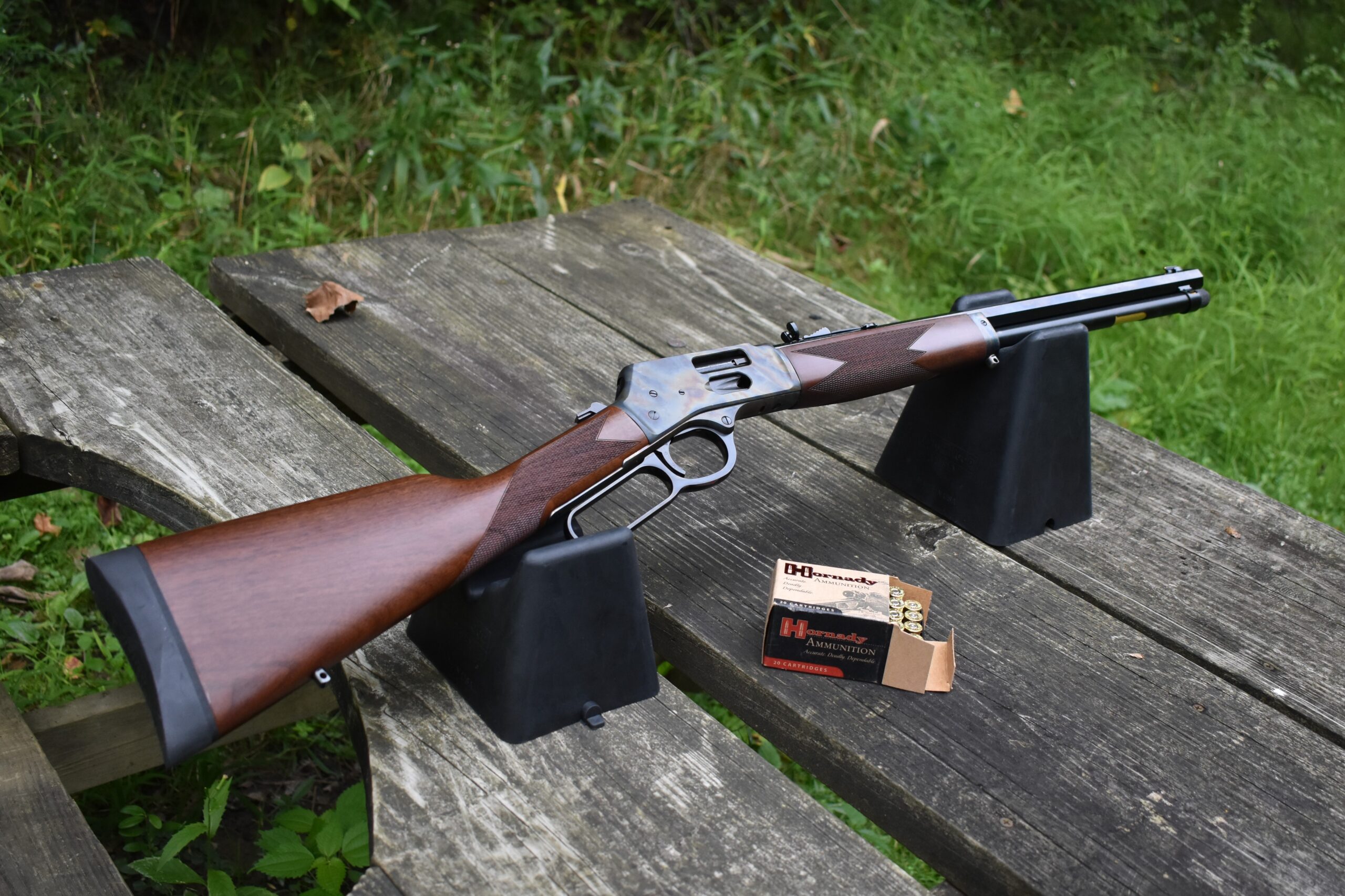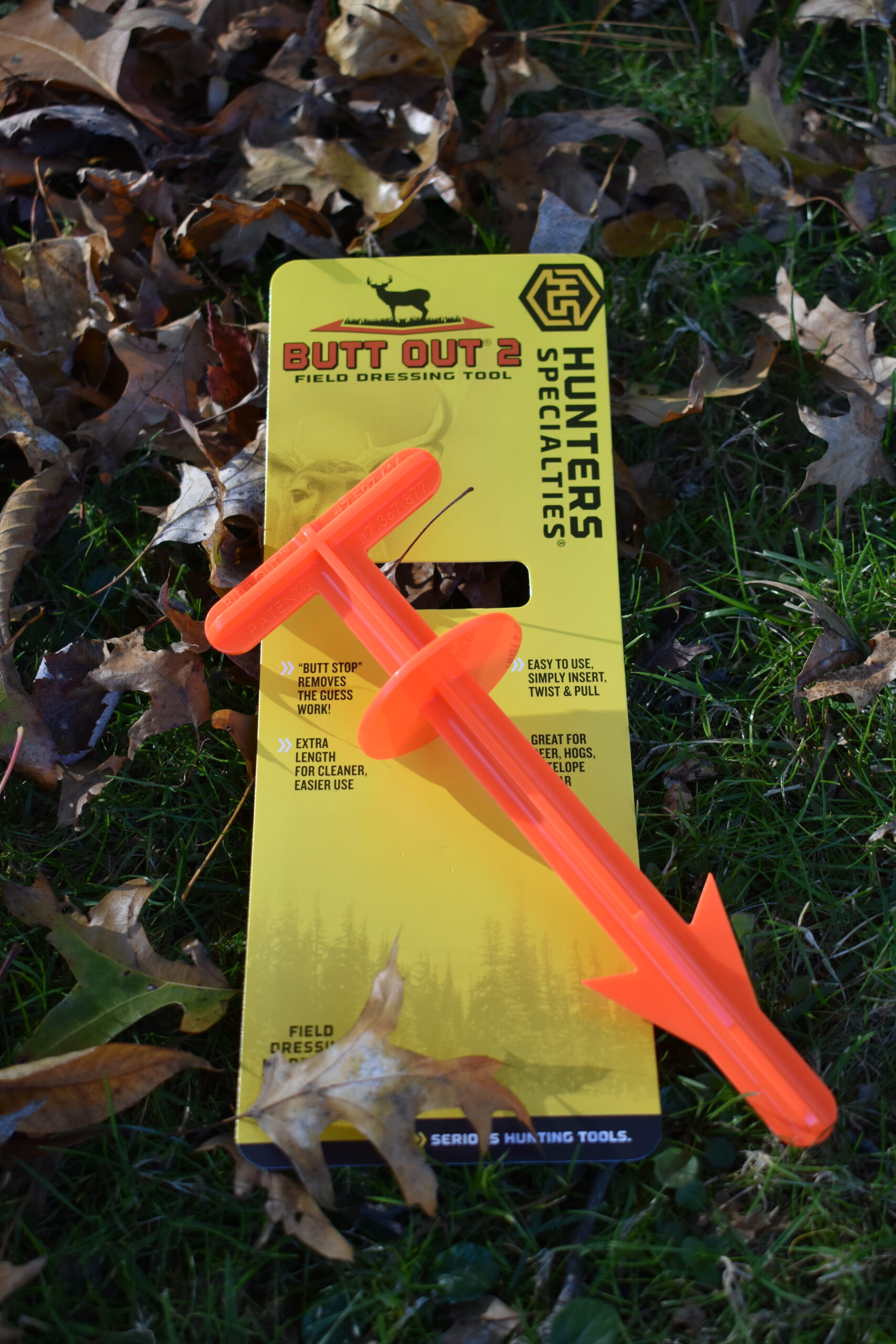Guns & Gear for Deer Season: A General Guide
Are you ready for deer season? Here’s a general guide to guns and gear for this hunting season.

You can feel it. As summer wanes, the crisp feeling of Fall sets in, apple cider fills grocery store shelves, and daylight hours lessen. Tinges of color suspended against the sky and scattered along the ground signal the onset of deer season.
Everyone prepares differently. Some head out the first morning of archery season, having practiced all year for opening day. Others only hunt during gun season, sighting in their gun the week before. Just as people have different hunting styles, every state has slightly different laws and seasons. I have been fortunate to live and hunt in Ohio, spoiled by whitetails well-fed by Midwest cornfields, so Ohio regulations will be at the heart of this piece. Consult your state’s hunting regulations to ensure you are in compliance.
It really doesn’t matter what firearm you choose as long as you are within state guidelines, practice firearm safety, and can make an ethical shot. Personal preference, ammo availability, fit and function are important. While a cartridge must be strong enough to take down a large whitetail ethically, bigger isn’t always better. Youth and smaller-framed shooters especially may develop a flinch or jerk the trigger in anticipation of recoil, risking wounding a deer or missing entirely. A length of pull that is too long or short, a gun that is too heavy or light, can also negatively impact accuracy.

Spend time during the year, or at least some time before deer season becoming familiar and practicing with your chosen hunting arm. You may be only taking one shot, but it is an incredibly important one. Not hitting the center of a paper target isn’t the end of the world. Wounding an animal is a violation of hunter’s ethics. It is your responsibility as a hunter to be competent and confident in your abilities.
Gun seasons are typically shorter than archery seasons and more popular. Hunters may use a shotgun (slug only), pistol or rifle that adheres to his/her state regulations. Many states have a separate muzzleloader-only season. Be sure to check if your state allows bottleneck cartridges. Just because a rifle is marketed as a “hunting rifle” doesn’t mean you can use it for everything. Ohio specifically prohibits bottleneck cartridges. While this has outlawed many popular cartridges, it has opened the door for niche calibers.

Released in 2019, Winchester’s .350 Legend presents a unique option to hunters in straight wall only states. The round itself is a fraternal twin to the .357 Max, my personal favorite option for harvesting Ohio deer, but can be fired from repeating rifles, not just single-shots. Many more companies also produce ammunition for the .350 Legend than the .357 Max, which in most cases must be handloaded. The .350 Legend is also available in the AR-15 platform, making it an appealing option to many. Other straight wall options include the .357 Magnum, .444 Marlin, .44 Mag, .45 Colt, .450 Bushmaster and .45-70.

In states permitting bottleneck cartridges, options are nearly endless and too numerous to list. Shotgun options are relatively straightforward while pistol options often mirror rifle regulations.
Muzzleloading technology has also advanced far beyond traditional cap and ball days, though they are still an option. In-lines from companies like CVA, Traditions or Thompson-Center are the most popular, offering weather resistance and accuracy out to impressive distances.
A gun and ammo aren’t the only things you’ll need before heading out this gun season. Hunter orange is not only required in most states but crucial to safety. Be aware of your surroundings and communicate with fellow hunters. It’s not only common courtesy but important to make a plan with those you meet in the woods. Take a few moments to talk about your plan, how long you plan to hunt, and confirm safe shooting directions.
Wear hearing protection. Some argue that it impairs your ability to hear approaching game, but it truly isn’t worth the risk of permanent damage. Between 80 and 90% of hunters do not wear hearing protection while hunting. Damage isn’t just limited to hearing loss, but can affect other areas of the body as the ears are the gateway to the brain. Hearing loss itself increases the chance of developing dementia. Carry a pair of ear plugs with you and put them in before you shoot, if not before. Electronic plugs and muffs are another viable option. Still not convinced? Tetra Hearing produces a variety of electronic hearing protection designed to enhance one’s ability to detect game sounds in the field using specific target optimization. They seek to encourage hunters to wear hearing protection by presenting options that give them an advantage in the field.
No matter how you choose to hunt, should you be successful, you’ll need a general field dressing kit. Wear gloves. It doesn’t make you tougher if you don’t, just a lot messier and at greater risk of exposure to pathogens. A gut hook and sharp knife are also necessities.

My personal favorite is the small fixed blade Pursuit Pro from Buck Knives. It fits well in my hands and is ideal for women and youth. A large version and guthook are also available as well as folding versions. Fixed blades are superior for field dressing as they are easier to clean.

The last gun-season must have is the Butt-Out tool from Hunter Specialties. The name says it all and this small piece of plastic turns a tedious and messy job into a quick and simple one.
